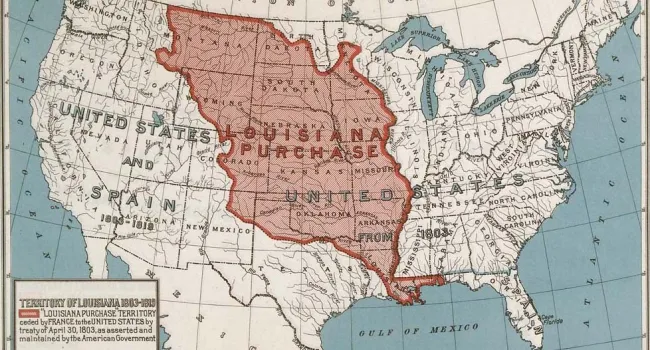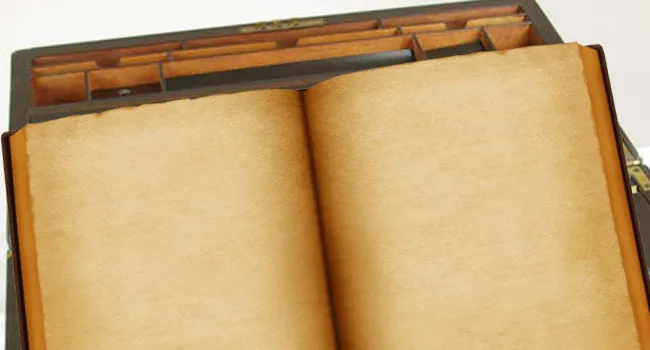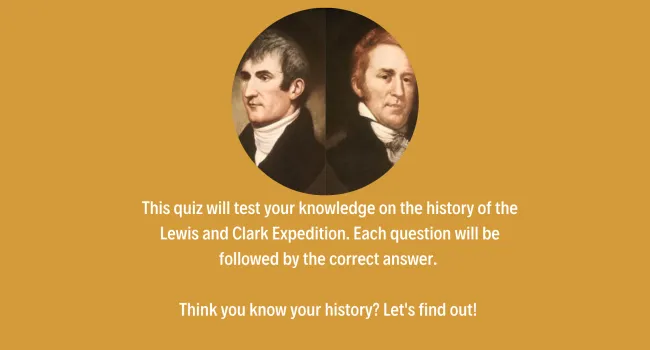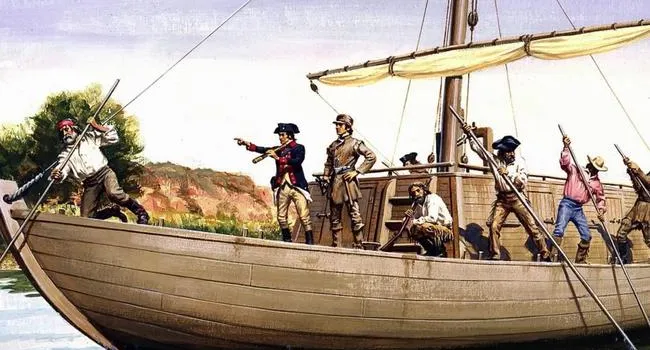
In September 1805, the starving, freezing and exhausted members of the Lewis and Clark Expedition had survived the brutal crossing of the Bitterroot Mountains. Upon arrival on the other side, the Expedition encountered the Nimiipuu (pronounced "nee-me-pooh") Native American tribe (or Nez Perce in French, meaning "pierced nose"). Several members of the tribe considered killing the members of the Expedition since they were well supplied with arms, gunpowder and trade goods.
One member of the Nimiipuu Tribe, an elderly woman by the name of Watkuweis (pronounced "wat-koo-wees") heard about the plan being concocted and intervened on behalf of the Expedition. During her youth, Watkuweis lived among Canadian traders who were kind to her. Remembering her time among the whites, Watkuweis stopped the other Nimiipuu warriors, saying something along the lines of: "These are the people who helped me. Do them no harm!"
Watkuweis supposedly means, “Returns from a Far Land.” According to Nimiipuu legend, Watkuweis was captured as a young woman, taken to Canada, and traded between tribes until she ended up in the Great Lakes region. There she was purchased by a white man and lived for a time among the whites. After she had given birth to a child, she was determined to escape and with the help of some friendly whites who supplied her with food and a horse, she began her long journey back to her tribe.
Captain William Clark mentions in his journal seeing this old woman, but he failed to realize how valuable she was to the Corps of Discovery. Without Watkuweis' intervention, the journey could have prematurely ended in the high country of today’s Idaho.










